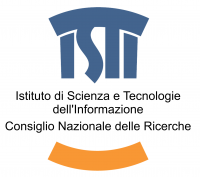Tom Brughmans, Daniel Weidele
Formal network techniques are becoming an increasingly common addition to the archaeologist’s methodological toolbox. Archaeologists have adopted these techniques mainly from the fields of social network analysis, physics and mathematics, where they have been developed and applied for decades. However, network science techniques for the analysis or visualisation of geographical and long-term temporal phenomena have seen far less development than those for social and technological phenomena. Conversely, archaeology has a long tradition of studying long-term change of socio-cultural systems and spatial phenomena, a research focus and tradition that is a direct consequence of the nature of archaeological data and our ambition to use it as proxy evidence for past human behaviour. We believe this spatial and temporal research focus so common in archaeology could inspire the development of innovative spatial and temporal network science techniques.
This session welcomes archaeological applications of formal network science techniques. It particularly encourages elaboration on the geographical and temporal aspects of applications. What are the implications of working on large time-scales for the use of network science techniques and the interpretation of their outputs? How can the study of long-term change of social systems inspire the development of innovative network science techniques? What advantages do geographical network approaches offer over other spatial analysis techniques in archaeology? How can the long tradition of studying spatial phenomena in archaeology inspire the development of innovative network science techniques?


